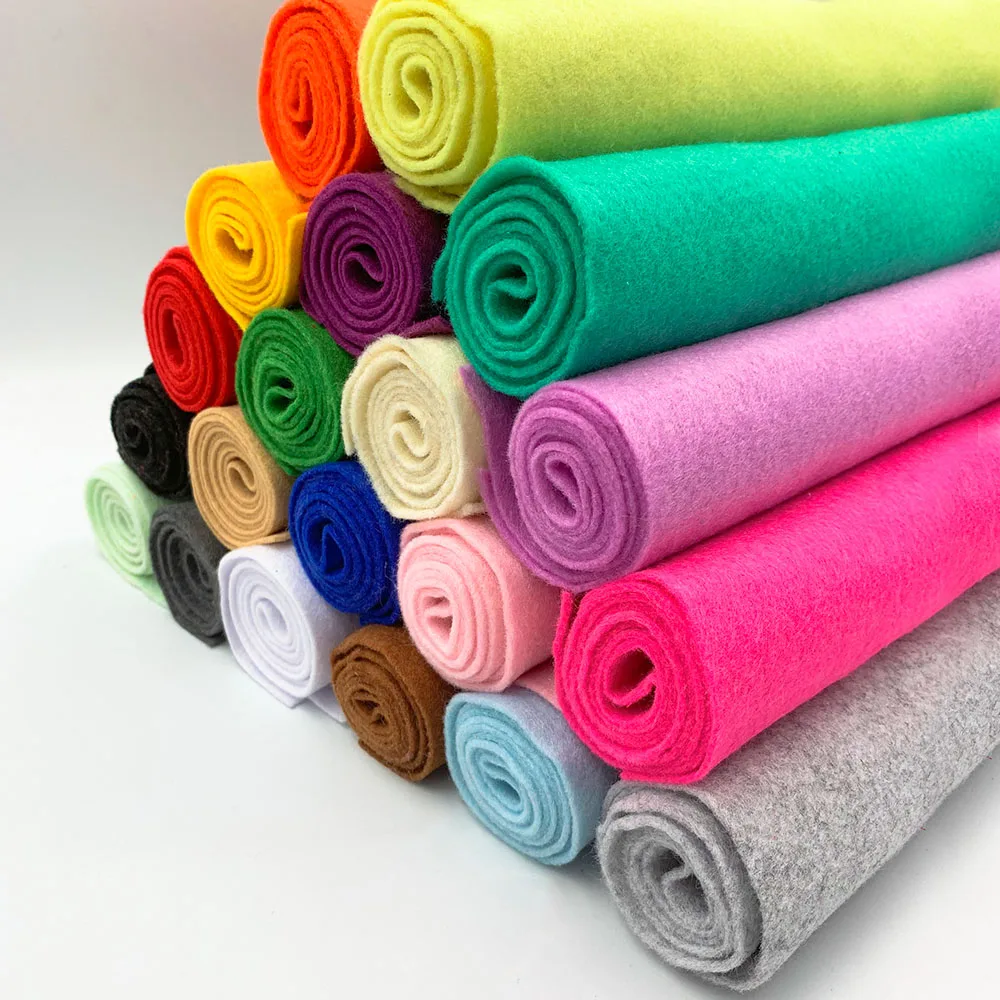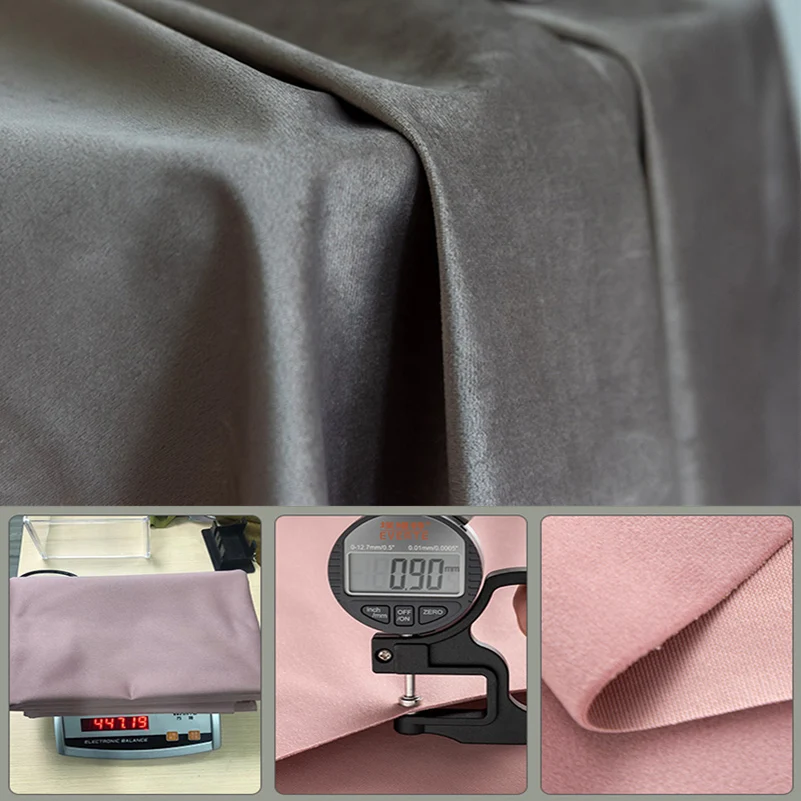Nail polish can be a staple in many people’s beauty routines, but when it accidentally splatters onto fabric, it can quickly become a nightmare. Whether it’s your favorite shirt, a beautiful tablecloth, or a couch cushion, nail polish stains can seem almost impossible to remove. However, with the right techniques and tools, it’s entirely possible to restore your fabric to its original condition. Below, we’ll explore effective methods to remove nail polish stains from various types of fabric, alongside tips for prevention.
Understanding the Composition of Nail Polish
Before diving into stain removal techniques, it’s crucial to understand what makes nail polish such a tough adversary. Nail polish is comprised of a range of chemicals, including solvents like ethyl acetate, nitrocellulose, and various resins and plasticizers. These components contribute to the polish’s ability to adhere to nails but also make it difficult to remove from fabrics. Because nail polish hardens quickly, it can easily form a tough, stubborn stain if not dealt with promptly. Knowing this can help you choose the most effective removal method tailored to your specific fabric type.
Assessing the Type of Fabric
Identifying the type of fabric involved is the first step in determining the safest and most effective stain removal method. Different fabrics react differently to cleaning solutions. For example, delicate fabrics like silk or rayon require gentler methods compared to more durable materials like cotton or polyester. If your garment has a care label, always read it to ensure you’re using an appropriate cleaning method that won’t cause further damage. If there’s no label, these guidelines can generally help: synthetic fabrics can usually withstand harsher chemicals, while natural fibers are best treated with milder solutions. Knowing your fabric type enables a tailored approach, maximizing the chances of successfully removing the stain without damaging the fabric.

Preparing for the Cleanup: Essential Tools and Supplies
Once you understand the fabric type, gather all necessary tools and supplies before you start the stain-removal process. For most methods, you will need a non-acetone nail polish remover, cotton balls or cloth, a small bowl, paper towels or an old toothbrush, and mild soap. Some methods may also require rubbing alcohol, vinegar, or even baking soda for a more eco-friendly approach. Always start with a blotting cloth or paper towel to absorb any excess polish prior to using other cleaning solutions. Additionally, perform a spot test on an inconspicuous area of the fabric to ensure the cleaning solution won’t cause fading or damage. Prepping your workspace and tools helps streamline the process and elevates your chances for success.
The Blotting Technique
The very first thing to do when dealing with a nail polish stain is to blot the area gently. Use a paper towel or a clean cloth to dab at the spill—do not rub. Rubbing can push the nail polish deeper into the fabric fibers, making it harder to remove. Start blotting from the edges of the stain and work your way inward to contain the damage. This technique allows for the best absorption and reduces the risk of spreading the stain. If the polish is still wet, it may lift easier than if it has already dried. The goal of this technique is to soak up as much of the excess polish as possible without causing it to set. It’s a simple yet effective first step that will make subsequent methods more manageable.
Method 1: Using Non-Acetone Nail Polish Remover
For many fabric types, a non-acetone nail polish remover can be an effective solution for communal stains. Begin by pouring a small amount of non-acetone nail polish remover into a bowl. Using a cotton ball or cloth, saturate it with the remover and gently dab the stained area. You may need to rotate the cloth to a clean section as more polish is lifted from the fabric. Rinse the fabric in cold water afterward to remove any leftover residue. Remember to perform a patch test on a small, hidden section of the fabric prior to applying nail polish remover. Be aware that using acetone-based removers can be risky, as they can damage more delicate fabrics, so stick to non-acetone varieties whenever possible.
Method 2: Rubbing Alcohol for Stubborn Stains
If the non-acetone nail polish remover does not yield results, rubbing alcohol is an excellent alternative for tougher stains. Saturate a clean cloth or cotton ball with rubbing alcohol, and gently dab the stained area in the same manner as before, ensuring you do not rub. The alcohol effectively breaks down the polymers in nail polish, helping to lift the stain. After applying the rubbing alcohol, you can follow up with a mild detergent solution to help remove any lingering residue and odors. Similar to the previous method, always spot test on a hidden area first. This method is particularly effective for synthetic fabrics and might be more resistant to damage.

Method 3: Eco-Friendly Alternatives
If you prefer to go the eco-friendly route, there are natural solutions that can also work well for nail polish stains. White vinegar mixed with water in a 1:1 ratio can create an effective cleaning solution. Apply this mixture on the stained area and allow it to sit for a few minutes before blotting it with a clean cloth. Baking soda is another effective household solution; create a paste by mixing it with water and applying it to the stain. After letting it sit for a while, gently scrub with a toothbrush to lift the stain. While natural solutions may take a little longer to show results, they can be quite effective for stubborn stains, especially on lighter fabrics.
The Power of Professional Cleaning
Sometimes, despite your best efforts, a nail polish stain may prove stubborn enough that home remedies don’t do the trick. In such cases, it might be time to consider professional cleaning services. Dry cleaners often have specialized treatments that can effectively deal with tough stains without damaging the fabric. Additionally, remember to inform the cleaner about the nature of the stain and the cleaning methods you’ve previously tried, as this information can make it easier for them to select the appropriate methods for your specific fabric. While professional cleaning incurs an additional cost, it may save time and prevent further damage.
Prevention is Better Than Cure
While knowing how to remove nail polish stains is valuable, implementing prevention techniques can save you future headaches. First and foremost, designate a specific area for nail polish application—preferably one that is easy to clean and remove stains from. Consider using a protective mat or a piece of cardboard as your workspace for manicures. Additionally, it’s beneficial to apply nail polish in controlled environments to prevent accidental spills. If you’re working with fabrics that you suspect may be prone to stains, use covers or place old newspapers underneath your working area. This proactive approach can significantly reduce the occurrence of annoying stains and help you maintain the aesthetic of your clothing and home.

Summary
In closing, removing nail polish from fabric can indeed be a daunting task, but with the right strategies and tools, it’s manageable. Understanding the composition of nail polish and assessing your fabric type are foundational steps that can lead to successful stain removal. From using non-acetone nail polish remover to eco-friendly options, each method can be effective depending on the circumstances. Always remember that when in doubt, professional cleaning could be the best way to preserve your beloved fabrics. And by taking preventive measures, you can reduce the chances of experiencing nail polish stains in the first place. Whether you are a beauty enthusiast or just enjoy spontaneous nails, knowledge about effective stain removal can help you keep your fabrics looking flawless.









